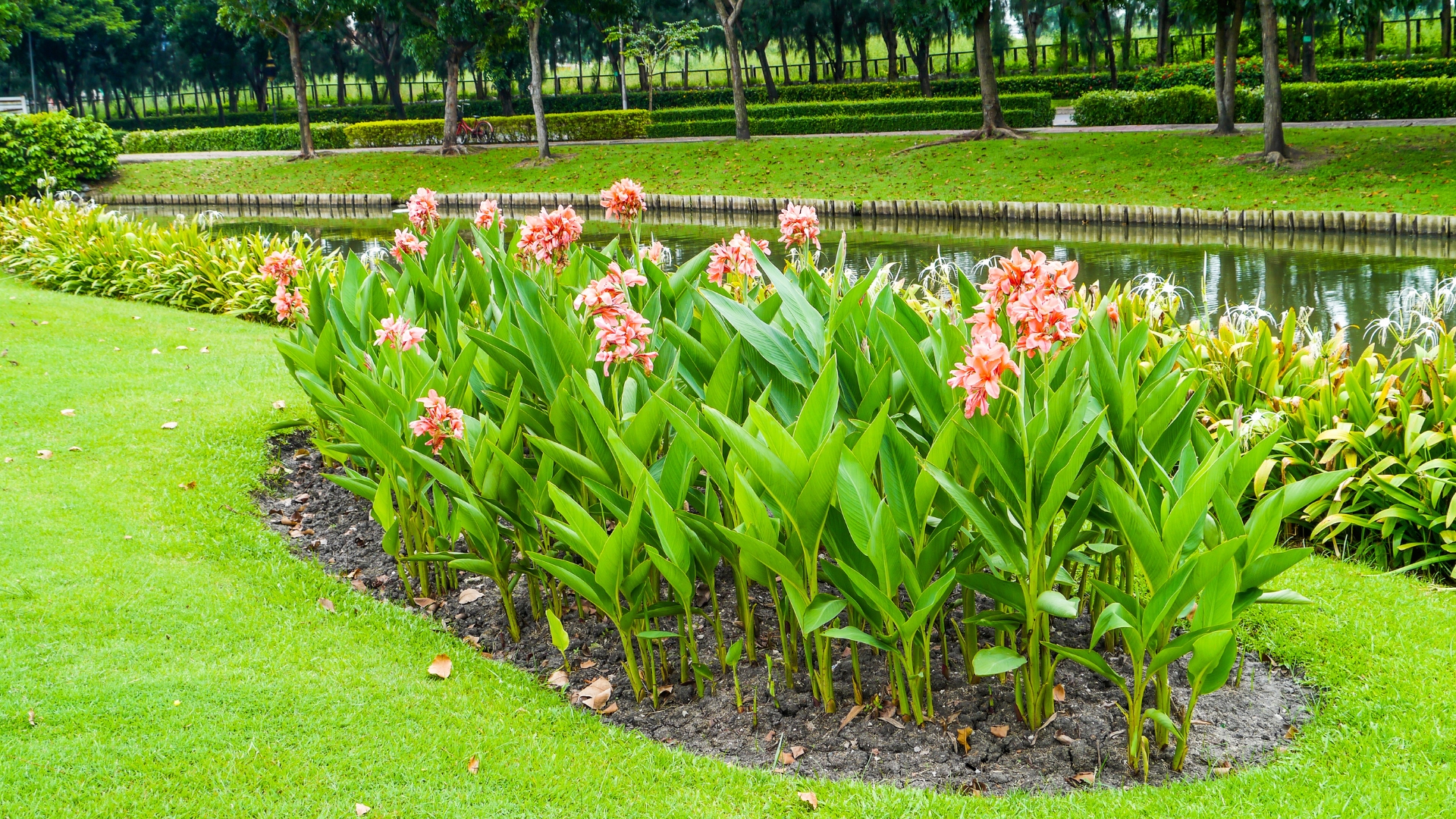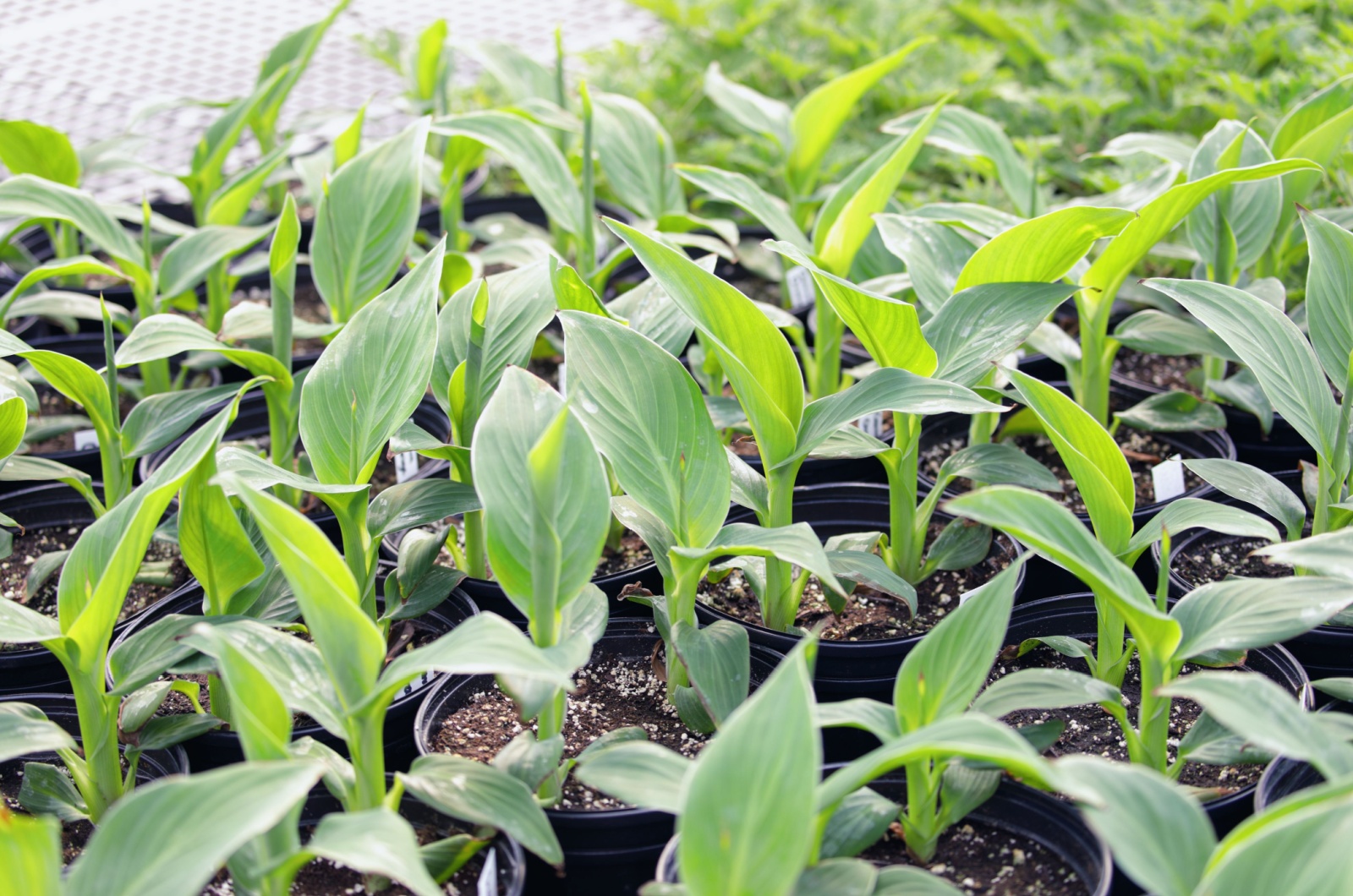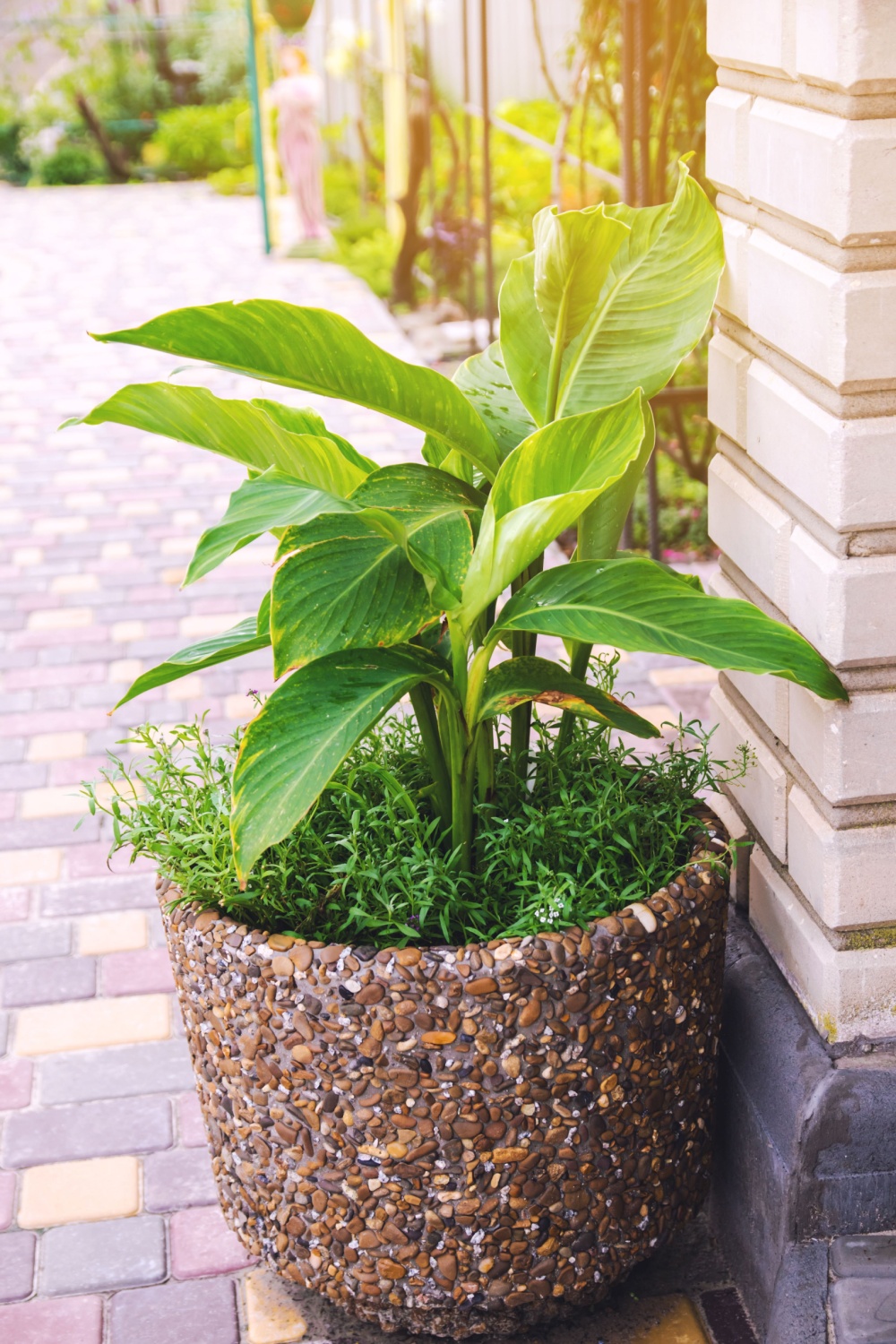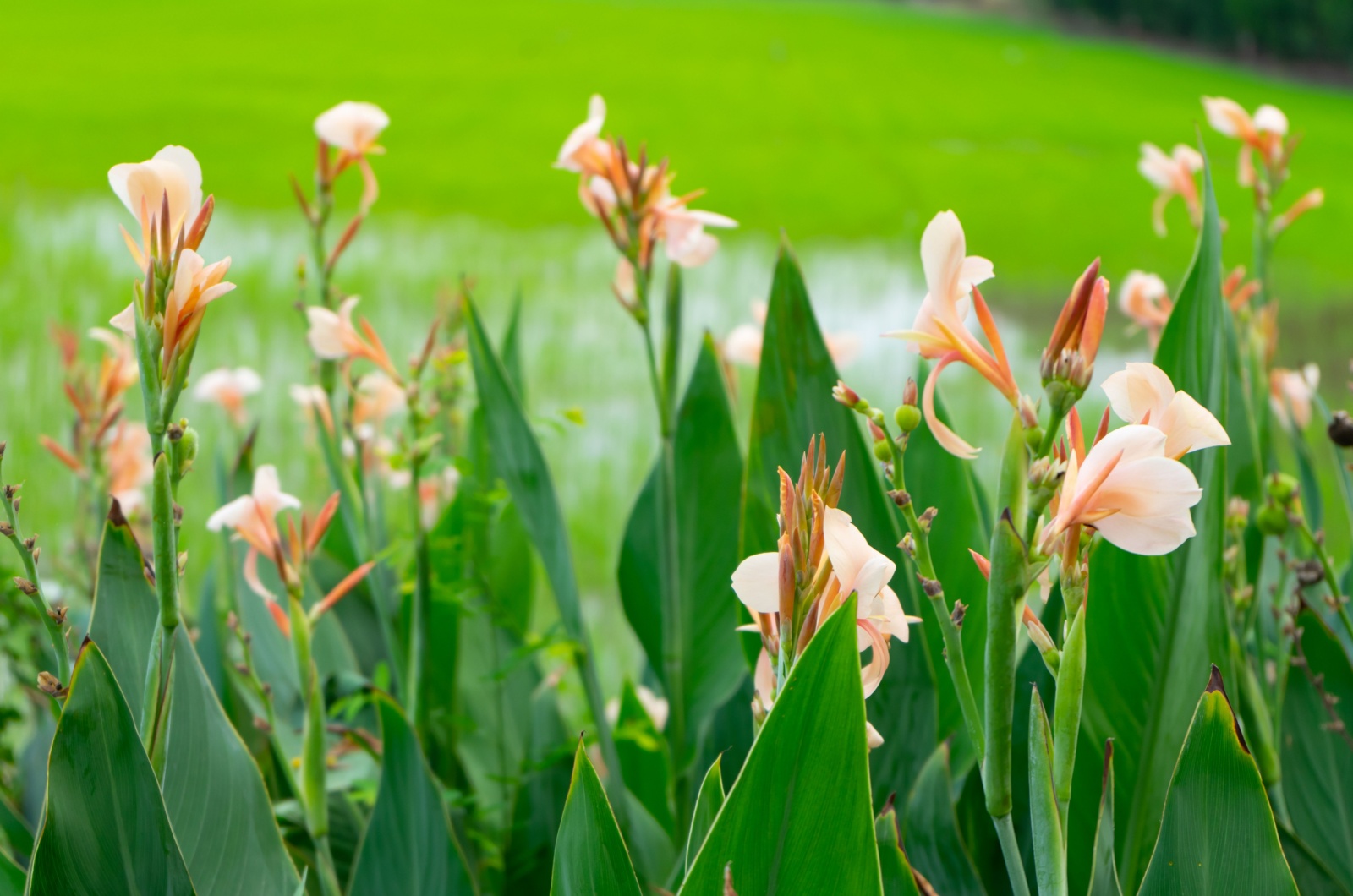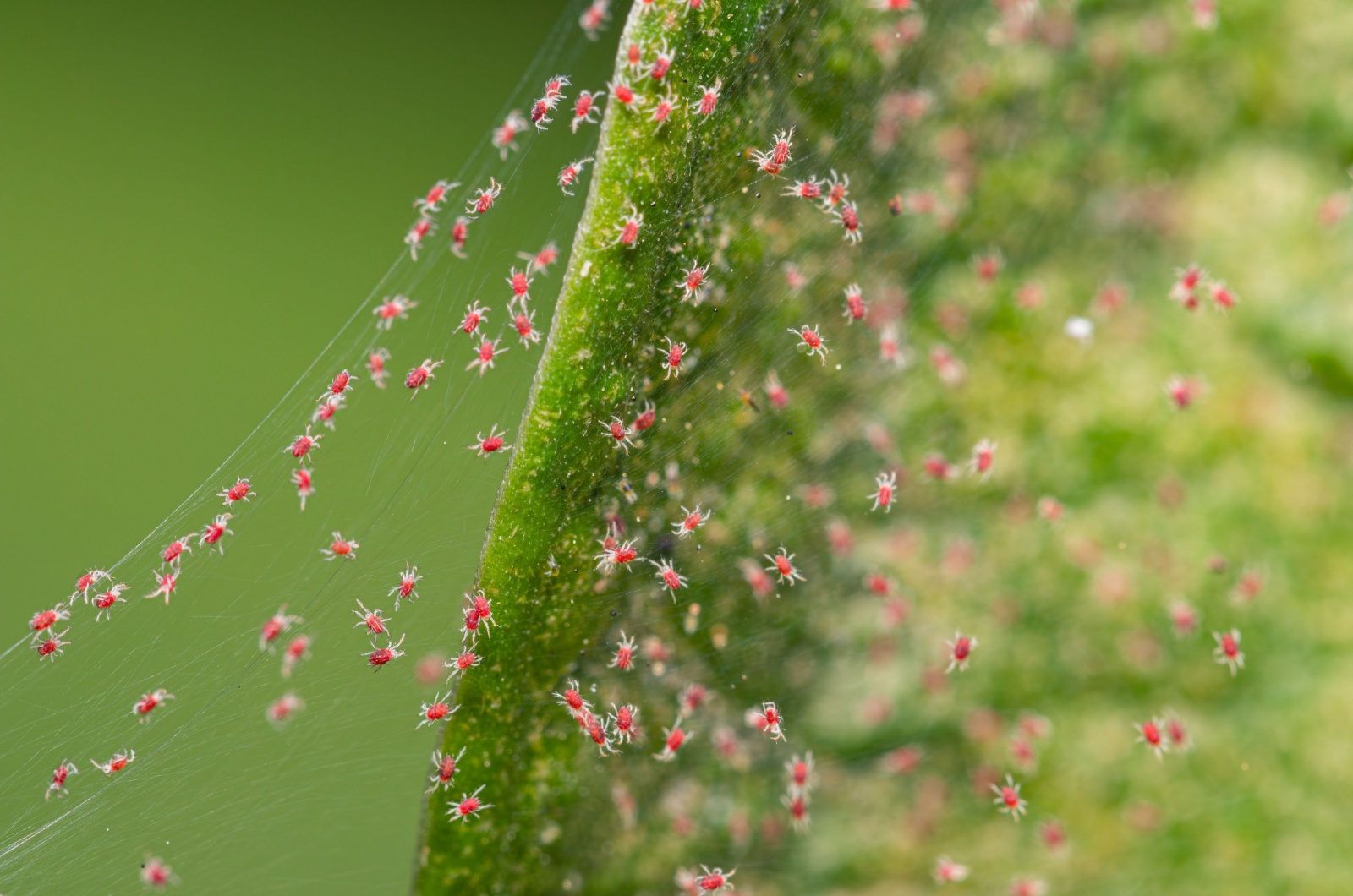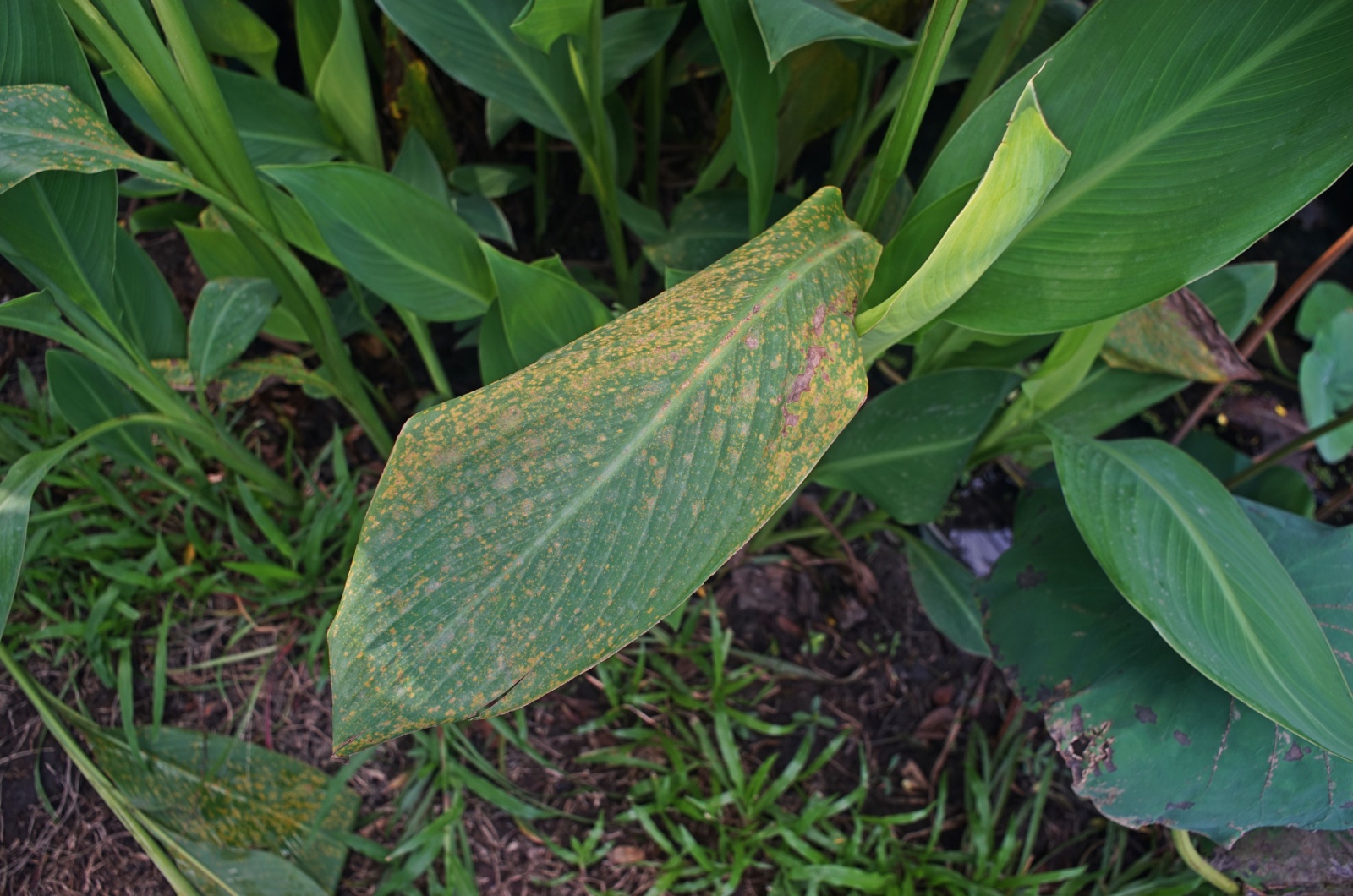If you need a tall flower that will add a dramatic touch to your outdoor space, a canna lily will do the trick!
Their vibrant blossoms and foliage will bring a tropical vibe and look spectacular in flower beds either alone or combined with other blooming plants. I have them all over my yard and even potted some last year.
Now, the most important thing to learn is how to keep canna lilies happy and healthy all season long. Well, you’re in luck because this guide is your golden ticket to maintaining the prettiest cannas that will bloom like there’s no tomorrow!
Plant Your Canna Lilies The Right Way
Of course, everything starts with planting. When I started gardening, I put a lot of effort into learning the right planting techniques. And it paid off!
First, you need to know when to plant your cannas. It’s essential to do it after the danger of the last frost ends, which is typically in mid-spring or early summer in most regions.
You can start them earlier indoors and transplant them once they’re well-established and soil temperatures increase.
If you decide on this option, first check the last expected frost date and plan to start your cannas approximately a month before.
When planting or transplanting your canna lilies, pay attention to spacing. I recommend a spacing of about 1.5 to 2 feet so that they have enough room for healthy development.
I’ve already mentioned that I keep some of my cannas in containers. If you don’t have enough space in your garden, this is a great option. But bear in mind that you’ll need to repot them as they grow.
Cannas are classified as tender perennials which means they can regrow only when grown in warmer climates. If you live in Colorado, Iowa, or other lower USDA zones, you should grow cannas as annuals or take them indoors once the temperatures drop.
Another option is to lift the canna roots, store them over the winter, and transplant them once the spring arrives.
No matter if you grow your cannas directly in the ground or in pots, you need to ensure the soil retains water well. It shouldn’t be too compact but it doesn’t have to be as fast-draining as other common garden plants.
Finally, make sure your canna lilies receive a lot of full sun to encourage growth and more blossoms.
Ensure The Ideal Growing Conditions
Once you plant your cannas and they start growing, your main goal is to ensure enough water. They love water and won’t mind wet roots, which is pretty unusual in plants.
Lack of water will result in smaller plants and fewer blossoms.
I give my cannas a deep soaking every week to keep their soil consistently moist. Here in Florida, summers are really warm and frequent watering is a must.
Canna lilies are great plants for beginners since they don’t require additional feeding. I don’t fertilize my in-ground planted cannas and they grow perfectly.
For my potted cannas, I add all-purpose fertilizer once during the growing season.
As soon as the blossoms start fading, you need to deadhead them to encourage the plants to produce the second set of blooms.
Your cannas will go dormant when fall arrives, so I recommend cutting them back to about a few inches above the soil line.
I always cover them with a layer of mulch to protect them from frost.
Check Out For These Annoying Creatures
One rule you should be aware of is that if you have plants, you can expect pests. Canna lilies aren’t susceptible to these tiny creatures but they aren’t completely immune either.
Aphids and spider mites can pay a visit and munch on your canna lily’s leaves and flowers.
Luckily, you can easily get rid of them by applying neem oil or insecticidal soap.
Another little guy that adores canna lily leaves is the canna leaf roller caterpillar. It actually got the name because it’s mostly seen on canna species.
Even though insecticides could help you get rid of them, the safest option is to cut back your cannas as soon as fall arrives.
I’m sure most of you aren’t happy about the decreasing butterfly population, but these aren’t a native species so don’t feel bad.
And Pay Close Attention To These Diseases
The last step you need to take for happy and healthy cannas is managing diseases. Prevention is the best medicine but some diseases are pretty sneaky.
If you notice stunted growth in your cannas, or stems and foliage start losing their original color, you’re most likely dealing with a viral infection.
There’s no cure for these diseases, so your best bet is to get rid of all infected parts.
Warm and humid weather increases the danger of bacterial and fungal diseases. Discolored foliage and stems and softening are the tell-tale signs of these diseases. In more severe cases, fuzzy mold occurs and quickly transmits to plants nearby.
Luckily, this group of diseases is easier to manage and fungicide works the best! If you want to avoid them, simply increase air circulation by ensuring enough space between each canna lily plant!
And here we are at the end of our journey! Growing canna lilies is an exciting and rewarding adventure and with these tried-and-true tips, you’ll be reaping the rewards in no time!

